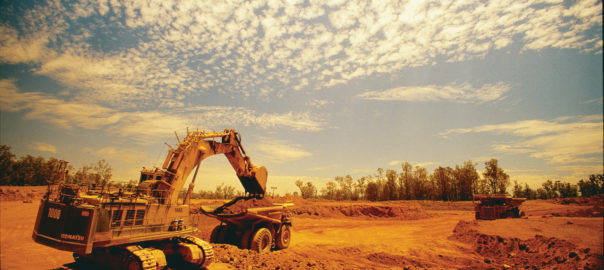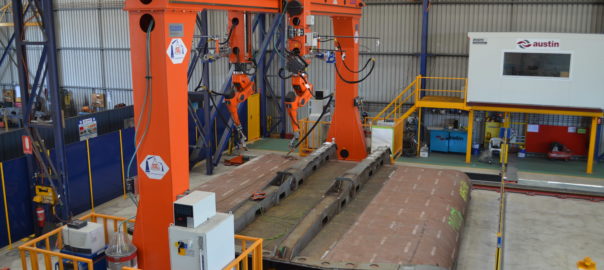Worley says it has been awarded a three‐year services contract with Alcoa of Australia for the company’s integrated mining, refining and smelting operations.
Under the contract, Worley will provide engineering and project delivery services for Alcoa’s site‐based sustaining capital program of works.
The contract continues the existing relationship between Alcoa and Worley, and establishes Worley as the preferred engineering services provider for baseload works across the Wagerup, Pinjarra and Kwinana alumina refineries, Bunbury port terminal and the Willowdale and Huntly (pictured) bauxite mining operations in Western Australia, it said. Worley will also support Alcoa’s Portland aluminium smelter in Victoria, Australia.
The services will be executed by Worley’s Australian teams in Perth and Geelong and supported by its global integrated delivery team, the company added.
Chris Ashton, Chief Executive Officer of Worley, said: “As Australia’s leading energy services company, we are pleased to continue supporting Alcoa’s Australian operations. This portfolio is one of the largest in our mining, minerals and metals business and includes our specialist alumina, bauxite and aluminium teams.”








